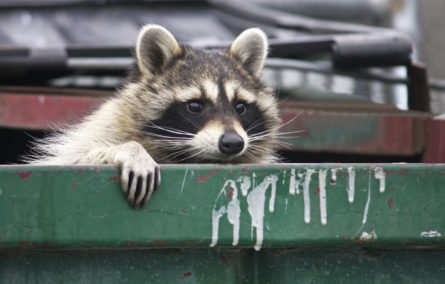Using integrated pest management: Five thoughts on natural controls
The “non- gardening” winter months are a great time to take a closer look at Integrated Pest Management (IPM) concepts and how they can be used in home gardens in the months to come.

Boxelder bug: these plant feeders begin to shelter, as adults, in fall as days shorten and cool. These insects congregate in alarmingly large numbers to warm in the sun. Since overwintering adults don’t feed, there’s no food plant (maples) to spray. It’s difficult to get a pesticide effectively into the cracks and crevices where they hide. Large fall congregations make these insects seem like a hazard, but the natural control of cold temperatures will leave only a few to carry on the job of repopulation the following spring.
Fruit drop: Common in stone fruits (cherry, plum, peach). Observant gardeners notice partially developed fruit littering the ground under their trees. Multiple factors contribute to fruit drop, often in combination: poor pollination, unfavorable temperatures at bloom, nutrient balance, drought. Careful examination of fruit may inform whether there is truly an issue. Spots, blotches, rotten places, mold might indicate a disease problem. Dissecting a few fruit might reveal small insect larvae.
Soil solarization: Used to fight soil-borne plant disease, weed seeds and occasionally soil dwelling larvae, soil solarization uses solar power and a ground cover, usually plastic, to heat the soil and kill destructive organisms — an example of an applied natural control, manipulating the sun’s heat into a pest control tool. Results vary widely with this technique, leading some to dismiss solarization as a tool.
Natural enemies: The concept of an interdependent “food web”. Most environmentally conscious gardeners are well aware of the value of natural enemies in the garden, those insects, birds, bats, and other creatures that eat the insects eating our plants. Knowing which species of predatory mite to release, at which temperature, per square foot of greenhouse space, dependent on the growth stage of the plant, is understanding that web on a completely different level. We can consider that a diverse landscape supports more members of that food web, contributing to a more balanced garden “ecosystem.”
Natural products vs. natural controls: The term “natural” is appealing in relation to gardening and pest control products, but has no regulated definition relative to product branding. Organic pesticides must be derived from natural rather than synthetic ingredients, but they are still designed to kill pests, regardless their natural status. Arsenic is a natural and very effective pesticide, but has no place in an organic, or any other, garden application. In IPM, “natural controls” are usually not products: they are things like temperature, moisture, and geographic features that impact plant-pest relationships.
source: heraldandnews.com


